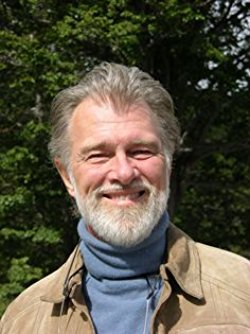Ecuador’s Constitutional Rights of Nature
Reflecting the beliefs and traditions of the indigenous peoples of Ecuador, the constitution declares that nature “has the right to exist, persist, maintain and regenerate its vital cycles, structure, functions and its processes in evolution.” The new constitution redefines people’s relationship with nature by asserting that nature is not just an object to be appropriated and exploited by people, but is rather a rights-bearing entity that should be treated with parity under the law.

